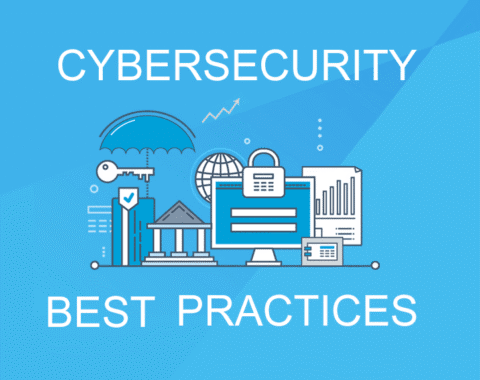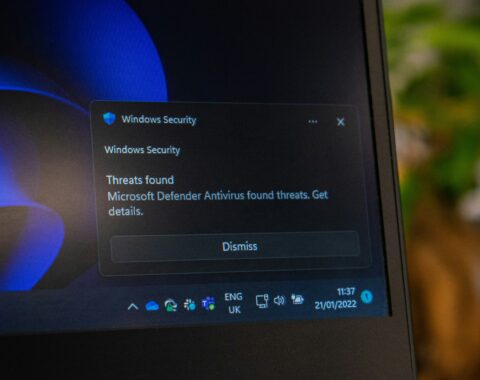By Hugo Canedo
LinkedIn is the go-to platform for connecting with peers, job hunting, and building a strong online presence. However, just like any other online platform, LinkedIn isn’t immune to threats like social engineering. In this beginner-friendly guide, we’ll explore what social engineering is, the risks it poses, and simple steps you can take to protect your LinkedIn profile.
What is Social Engineering?
Social engineering is a deceptive practice used by individuals with ill intentions to manipulate others into revealing sensitive information or performing actions that compromise their security. On LinkedIn, social engineering might involve tricking you into sharing personal data, clicking on malicious links, or falling for fraudulent job offers.
The Risks on LinkedIn
LinkedIn is a prime target for social engineering due to the abundance of professional and personal information. Here are a few risks you should be aware of:
- Fake Profiles: Fraudsters often create fake profiles, impersonating professionals or companies to deceive you.
- Phishing: You might receive messages or connection requests with links that lead to phishing websites aiming to steal your login credentials.
- Identity Theft: Sharing too much personal information on your profile can expose you to identity theft.
- Job Scams: Scammers might offer fake job opportunities to gain access to your personal and financial data.
Protecting Your LinkedIn Profile
Now, let’s dive into how you can safeguard your LinkedIn profile, even if you’re new to the platform:
- Strong Passwords: Create a unique, strong password for your LinkedIn account. Use a combination of letters, numbers, and special characters.
- Two-Factor Authentication (2FA): Enable 2FA in your LinkedIn account settings. This adds an extra layer of security by requiring a one-time code from your mobile device for login.
- Connection Requests: Be cautious about who you accept as a connection. Before accepting, review the person’s profile for completeness and authenticity.
- Message Scrutiny: Don’t click on links or download attachments from unfamiliar connections or messages. Verify the source’s authenticity.
- Beware of Unsolicited Job Offers: If a job offer seems too good to be true, research the company and the person making the offer. Scammers often use enticing job opportunities as bait.
- Update Your Privacy Settings: Review your privacy settings and limit the visibility of your personal information. You can customize who can see your connections, contact info, and other details.
- Regularly Review Your Connections: Periodically go through your connections list. Remove connections you no longer recognize or trust.
- Report Suspicious Activity: If you suspect a profile or message is fraudulent, report it to LinkedIn immediately.
- Educate Yourself: Stay informed about the latest social engineering tactics and threats. Knowledge is your best defense.
- Professional Networking, Not Personal: Keep personal and financial information off your LinkedIn profile. Share only what’s relevant to your professional life.
LinkedIn is a powerful platform for career growth and networking, but it’s essential to protect yourself from social engineering threats. By following these simple steps, even beginners can enhance their LinkedIn security and enjoy a safer online experience. Remember, vigilance is your best friend when it comes to safeguarding your online presence.
 |
Hugo Canedo is a technical support specialist at Southridge Technology with a diverse background in System and Network Administration, Linux, and AWS Cloud support. He’s an avid participant in ethical hacking competitions, attends Defcon annually, and brings over 20 years of healthcare and military experience to his analytical and customer-oriented approach. Hugo is dedicated to staying current with technology trends and security projects. |




